Towns change, but in our minds they stay as we left them. Venetia Sherson revisits her hometown, Te Aroha, nearly 60 years on.
I am walking down Rewi St, past the police station and the library when a memory comes flooding back. It is 1965, I am 17, dressed in the Te Aroha College uniform (grey tunic, maroon blazer) and I am about to tell my mother I may be pregnant. It’s hard to know how she will take the news.
My mother is a speech and drama teacher. Her studio is a small bleak room behind the Masonic Lodge, darkly shaded by macrocarpa. While she asks her young charges to repeat, “Whose clean knees are these?” and “How now, brown cow”, the grey-suited Masons slip quietly in and out the front door.
In my memory, the day is warm with a smell of freshly mown grass from nearby Herries Park, the scene of some of my early sporting triumphs (third in the Girls Seven and Under 50 yard sprint, according to a clipping from the now defunct Te Aroha News). But at 17, I have given up athletics. I am in my last year at school, a prefect and captain of the debating team, set on a career in journalism. I have a steady boyfriend. My mother likes him or, rather, liked him. I’m not sure how she will take this news.
As it turns out the pregnancy is a false alarm. The doctor puts my symptoms down to exam stress and dieting and prescribes some small green pills. But, even before my period arrives a few days later, my mother is unfazed. She’s a former actress on the London stage who has lived through a war, the death of her beloved only brother and widowhood at 40, and it takes a lot to shake her.
“Home is so sad. It stays as it was left shaped in the comfort of the last to go.” – Philip Larkin
It’s a strange thing returning to a home town. So much has changed but everything brims with association. I was six when we fetched up in Te Aroha, part of the diaspora who emigrated from the UK in the early 1950s. Our arrival in the town (then population 2760) reportedly caused a frisson of anticipation. My father was a retired captain in the merchant navy; my mother had acted with Laurence (“Larry”) Olivier and drove a hulking four-door Buick, plus we had an English nanny. To add to the intrigue, my sisters and I all had names beginning with ‘V’.
We chose a modest three-bedroom house. It had a tennis court and grazing for the ponies that Mum hoped we would acquire. More importantly for my father, it was a short walk to the Te Aroha Club, where he spent most nights drinking before he died in 1956.
Today the house is a diminished version of its former self – or at least how I remember it. The tennis court has been used for infill housing. The lawns, which Mum or Nan mowed every week (a two-hour task) are peppered with paspalum. The fig tree where I carved a boyfriend’s name has gone; the creek that lapped the lawns has dwindled to a trickle. This was the house where I found my first tribe: “Darkie” Sampson (a Māori boy), “Snowy” Wilson (with white-blonde hair) and Raewyn Beguely, whose father trained racehorses. We gathered every afternoon to dam the creek or build a hut until I was summonsed in for tea by Nan. Today, I walk slowly past the house trying not to look as though I’m casing the joint. I haven’t lived here for nearly 60 years. But I still feel I could rock up like it was home.
Walking down the main street is like meeting an old friend one hasn’t seen for decades. There is something dear and familiar about them, but they’ve changed so much it’s hard to pinpoint who they are. The shapes of the shops are familiar but the designations have changed. Some have had a facelift, others look a little worse for wear.
Hetheringtons, where I bought Butterick patterns and fabric by the yard, is now a beautician; the elegant Post and Telegraph office – a Category 2 listed building – houses Mountain Lions Club book sales and will soon feature as a police station in the second series of the TV drama The Gone. Other premises have disappeared. Back in the day there were two cinemas, both owned by Kerridge Odeon. We used to loiter outside in the hope our current crush would swing by. Both have gone. So has Marleen Salon, where one could take a garment home on appro, no ID required.
I learned to drive a car on Te Aroha’s streets, bunny-hopping in mum’s manual station wagon up a towering hill (except it doesn’t seem so now). At Skidmore’s Dairy (owned by the mayor) I bought icecream for three pence on my way home from college (a 3.8km bike ride). St Joseph’s Church was – and still is – the grandest building in town. When it was built in 1957, we kids marvelled at the way it glinted in the sun, the result of pink marble chips embedded in the concrete. We also chanted vulgar rhymes as we cycled past. How clever that seemed then. While I never stepped inside the Catholic church (we were Church of England), the Catholic hall was the hottest place in town. On Saturday nights the Satellites, Larry’s Rebels and the Mighty Mods came to town. I was there when the Satellites with Ivor Fisher played their 1300th performance.
Small towns can be lovely places. Te Aroha has charm in spades. The pace of life seems slower, which draws city folk, along with cheaper housing (median price $604,500). But the town I grew up in also had dark corners. There was racism and sexism. Gay men found a safe haven at the local drama club. After my father died, Mum invited them home for parties when we all dressed up in costumes from the theatre.
In a small town people watch your every movement. They see you out walking or talking to a boy. You can’t step out of line without someone ratting on you. I once held a cigarette for my boyfriend while he sank a putt on the golf course. The headmaster (also a golfer) phoned my mother to report. When a traffic cop stopped me for speeding on the outskirts of town (no ticket), Mum knew before I got home. Gossip was rife, especially if a girl got pregnant out of wedlock. Girls who had sex before marriage were “tarts”. So were girls with tatts and pierced ears.
American author Elizabeth Strout, who spent her early life in a small town in Maine, says hometowns are where we learn to look at the world from our own two eyes; where we develop a sense of self. They are filled with formative experiences. Te Aroha was where I found my first best friend and where I had my first sexual experience, which I remember was clumsy and fumbling. It was where an English teacher told me I should write, and a physics teacher made me feel unwelcome in a class of boys.
The maunga – Mt Te Aroha – dominates the town. My father said it reminded him of the peaks in the Lake District in England where he grew up. My mother judged it less brooding than Mt Taranaki (Egmont then), where we rented a beach house for a month. We kids saw it as our backyard playground. Every Boxing Day we would climb to the summit (some 953m) to work off the excesses of a traditional English Christmas feast. The week before Christmas we would creep up the lower slopes under cover of darkness and steal a young pine for our tree. These days there are fewer pines and the goats and pigs that caused pockmarks of erosion have largely disappeared. The mountain looks lush apart from the ugly television transmitting tower built on the summit in 1963.
Te Aroha is the land of Ngāti Rāhiri Tumutumu. The maunga represents the symbolic tauihu (prow) of the Hauraki canoe, while Moehau Mountain, at the tip of the Coromandel Peninsula, represents the stern. The mountain’s earliest known name is Puke Kakariki Kaitahi, the place where the kaka parrots flocked to feed. My mother believed a mountain gondola would enhance its appeal and encourage more tourists to visit the town, an idea thankfully rejected. What did encourage tourists was the mineral water that rises from the base of the mountain, erupting in a geyser of hot soda water named Mokena. When I was young, the geyser seemed spectacular, shooting skywards every 20 minutes. Today, it seems unwilling to perform.
When I left this town in 1965 to take up a job in the city, I didn’t look back. In truth, I couldn’t wait to get shot of the place and begin my adult life. I’ve been gone far longer than I lived here. Yet, in my 70s, I find it comforting to walk the streets I knew. Outside the Duck and Cover Bar and Grill (formerly a bank) I pass a woman of my age. She looks hard at me and says, “Were you one of the Edmondson girls?” And, just like that, I’m 17 again.










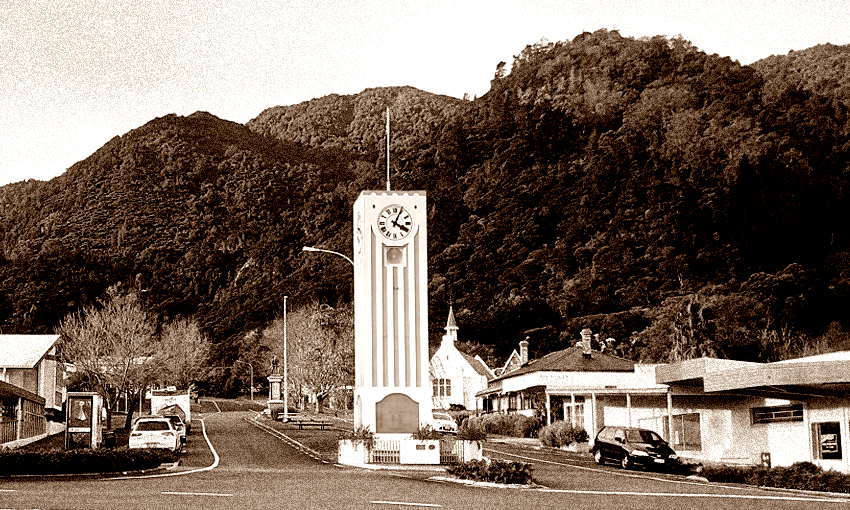
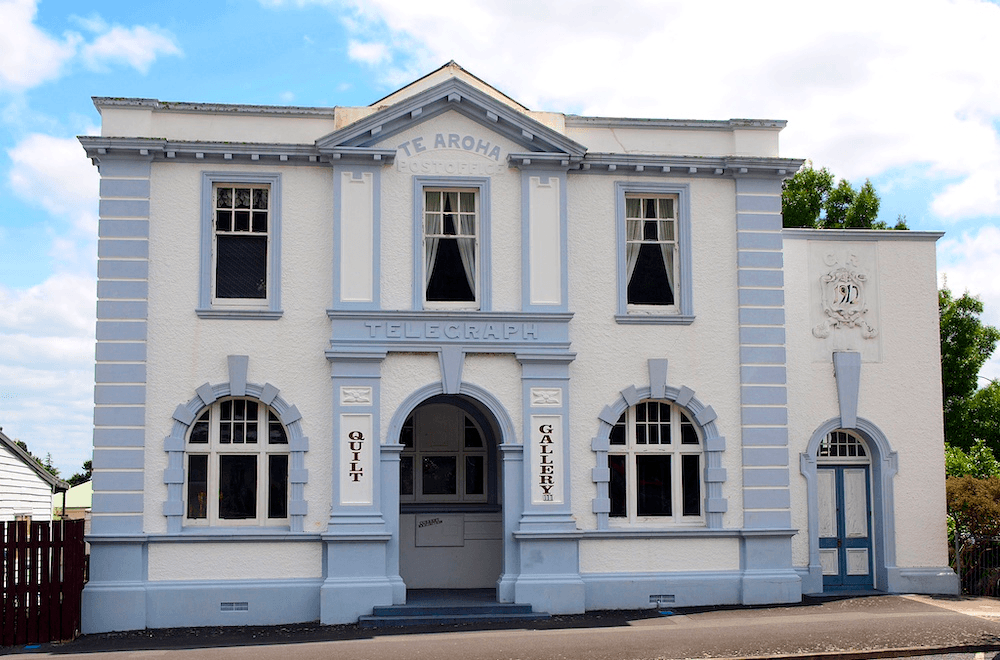
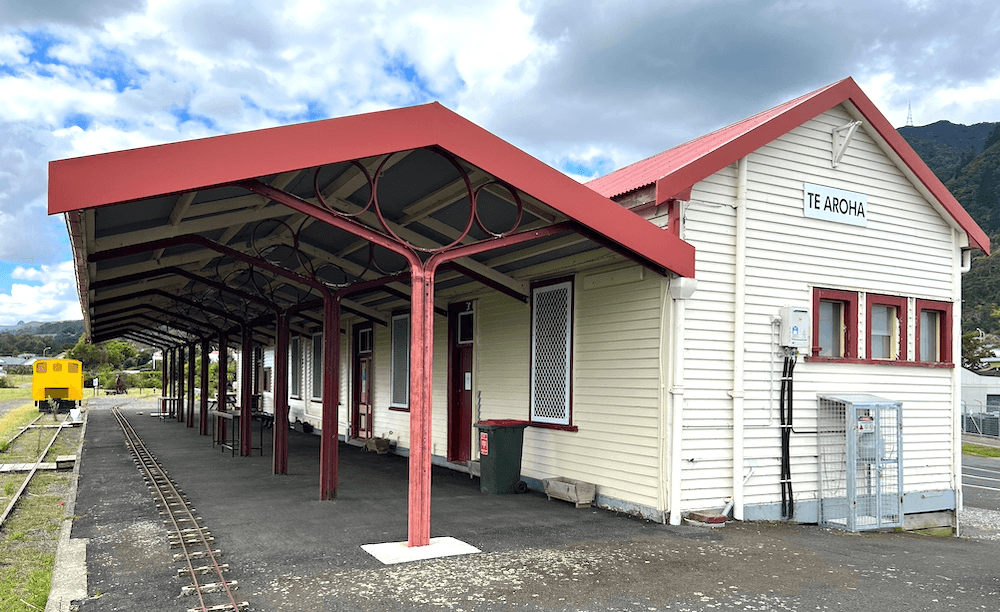
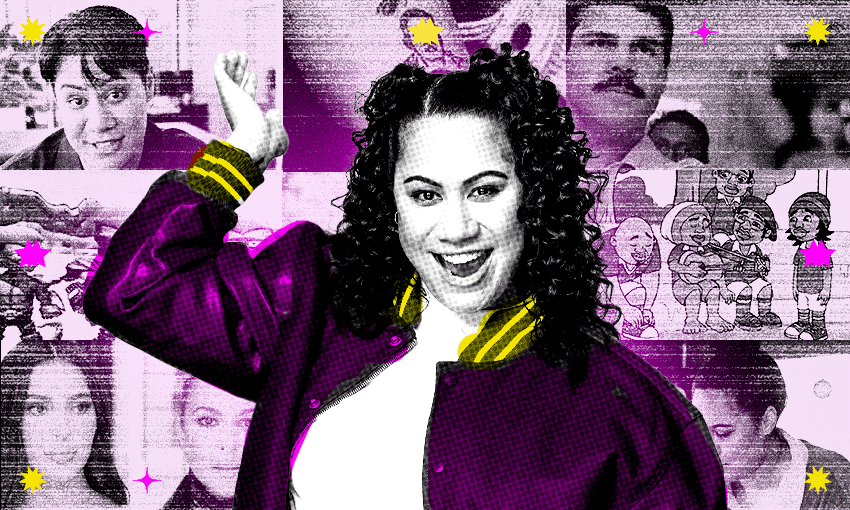

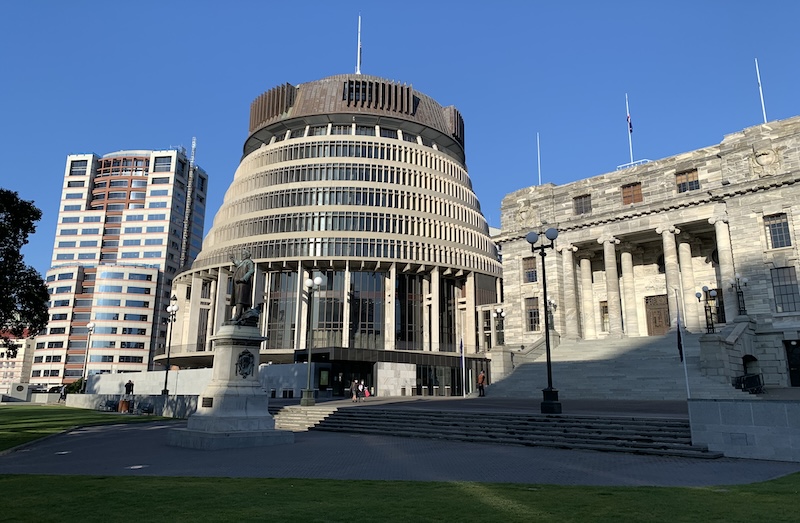







Discussion about this post